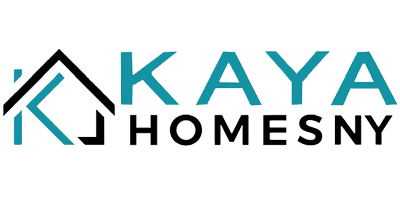Ever thought about how inflation affects the housing market? Surprisingly, they’re linked together. When one changes, the other gets influenced too. Let’s take a simple look at how these two things connect.


The Relationship Between Housing Inflation and Overall Inflation
Shelter inflation means looking at how housing prices are growing. This information comes from a survey by the Bureau of Labor Statistics (BLS), where they ask people who rent and people who own homes about their costs. Renters share how much they pay for rent, while homeowners say how much they could charge for rent if they didn’t live there.
Just like how overall inflation shows the rise in everyday things’ costs, shelter inflation shows how housing costs are changing.
And guess what? For four months in a row, the survey tells us that shelter inflation has been going down (check out the graph below):

Why is this important? Well, when we talk about the cost of living going up, a big part of it is housing prices, called shelter inflation. This makes up about one-third of the overall increase in prices, which is measured using something called the Consumer Price Index (CPI). So, when shelter inflation changes, it can cause a noticeable shift in the overall increase in prices. This means that if shelter inflation is going down, the overall increase in prices might also go down in the coming months.

This would actually be a good thing, especially for the Federal Reserve (also known as the Fed). They’ve been working on keeping the cost of living in check since early 2022. Even though they’ve made some progress (it went really high, up to 8.9%, in the middle of last year), they still want to bring it down to a goal of 2% (the most recent update is 3.3%).

Inflation and the Federal Funds Rate
What has the Fed been up to in order to reduce inflation? Well, they’ve been making a move called increasing the Federal Funds Rate. This rate is like the cost of borrowing money for banks when they lend to each other. So, when inflation went up, the Fed acted by raising the Federal Funds Rate. This helped prevent the economy from getting too hot.
The graph below illustrates how these two things are connected. Whenever inflation (the blue line) starts to go up, the Fed raises the Federal Funds Rate (the orange line) to bring it back closer to their goal of 2% (check it out below):

Look at the part of the graph with a circle around it. That’s when we saw a sudden jump in inflation. The Fed stepped in by increasing the Federal Funds Rate to tackle this issue. And guess what? Because of that move, we saw inflation start to slow down again.
As inflation gets closer to the Fed’s target of 2% (that’s the goal they want), they might not have to raise the Federal Funds Rate by a lot more. They’re kind of keeping an eye on things and adjusting their actions accordingly.
A Brighter Future for Mortgage Rates?
So, how does this affect you? While the things the Fed does don’t directly set mortgage rates, they still matter. They have an influence on it. As Mortgage Professional America (MPA) puts it: “. . . mortgage rates and inflation are related, even though it’s not a direct link. When inflation goes up, mortgage rates also go up to match the value of the US dollar. And when inflation goes down, mortgage rates tend to go down too.”
Although we can’t exactly predict what will happen to mortgage rates in the future, it’s good to notice the signs that show inflation is calming down in the economy.

Although we can’t exactly predict what will happen to mortgage rates in the future, it’s good to notice the signs that show inflation is calmin

Bottom Line
Whether you’re interested in buying, selling, or simply staying updated on the housing market, let’s stay connected.
Find out why Kaya Homes is the leader in Long Island Real Estate and are your go-to realtor in the Lynbrook, Oceanside, Malverne, Hewlett, Valley Stream, East Rockaway, Woodmere, Cedarhurst, Baldwin, North Woodmere, Woodsburgh, Hewlett Neck Hewlett Harbor, Bellmore,Wantagh,Merrick and Freeport area.
Thu, 31 Aug 2023 22:58:47 +0000










 by Mottek Group
by Mottek Group